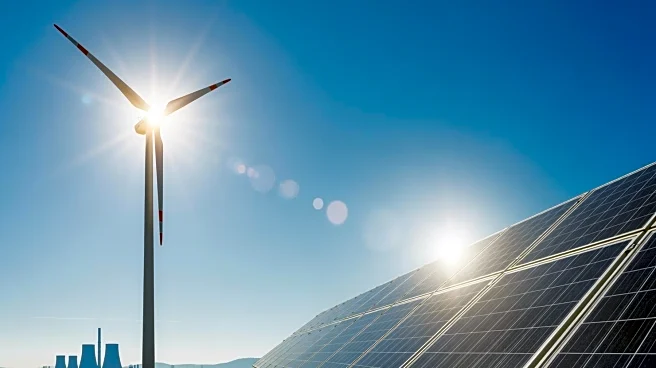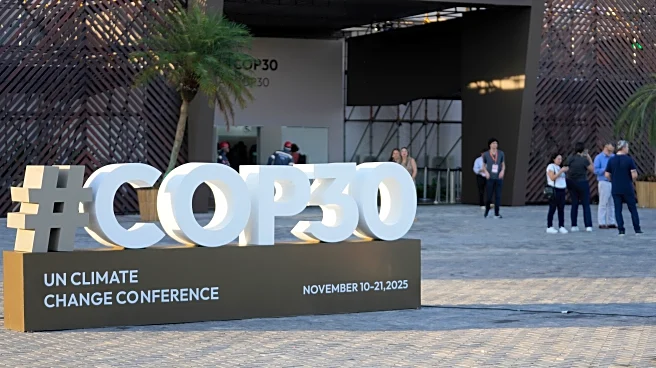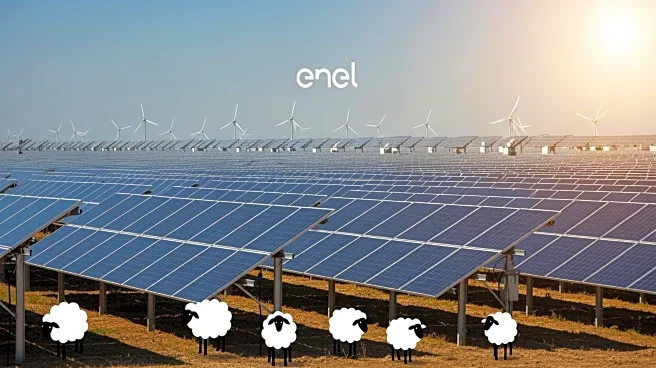What's Happening?
Wind turbines are causing significant mortality rates among bat populations globally, including in the United States, where over 500,000 bats are estimated to be killed annually. The primary cause of death
is direct impact with turbine blades, although barotrauma has also been identified as a contributing factor. Bats play crucial ecological roles, such as pest control and pollination, which are vital for agriculture and biodiversity. To mitigate these impacts, researchers and companies are developing smart sensor technologies that can detect bat presence and adjust turbine operations accordingly.
Why It's Important?
The decline in bat populations due to wind turbines poses a threat to ecological balance and agricultural productivity, as bats are essential for controlling insect populations and pollinating crops. The development of smart sensors represents a significant advancement in renewable energy technology, offering a way to balance energy production with wildlife conservation. By reducing bat fatalities, these technologies can help maintain biodiversity and support sustainable energy practices, which are critical for addressing climate change and environmental preservation.
What's Next?
The implementation of smart sensor technologies in wind farms is expected to expand, with ongoing research and development aimed at improving detection accuracy and operational efficiency. Regulatory bodies may consider integrating these technologies into environmental impact assessments for new wind projects. Additionally, collaboration between conservation organizations, energy companies, and government agencies will be crucial in developing standardized practices for protecting bat populations while promoting renewable energy growth.
Beyond the Headlines
The issue of bat fatalities highlights the broader challenge of balancing renewable energy development with environmental conservation. As the demand for clean energy increases, the industry must address potential ecological impacts and invest in technologies that minimize harm to wildlife. This situation underscores the need for comprehensive environmental policies that support innovation and sustainability in energy production, ensuring that progress in renewable energy does not come at the expense of biodiversity.












